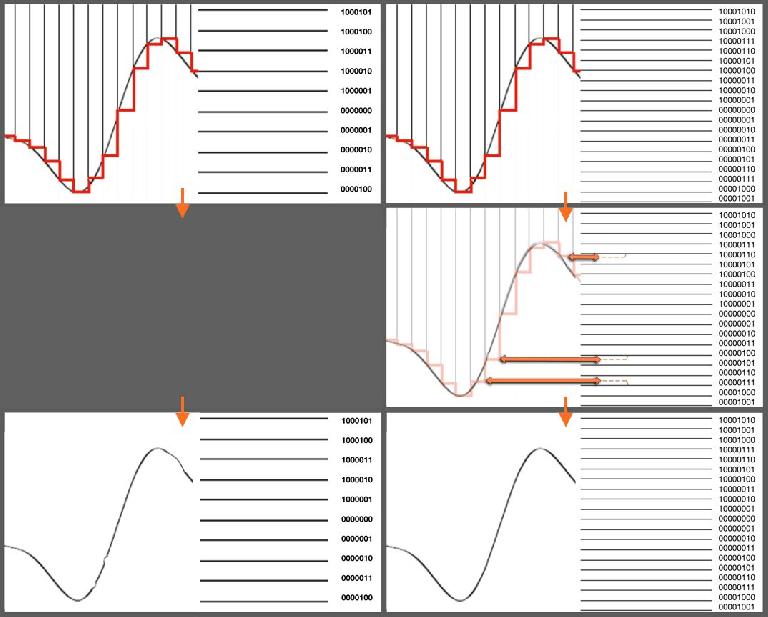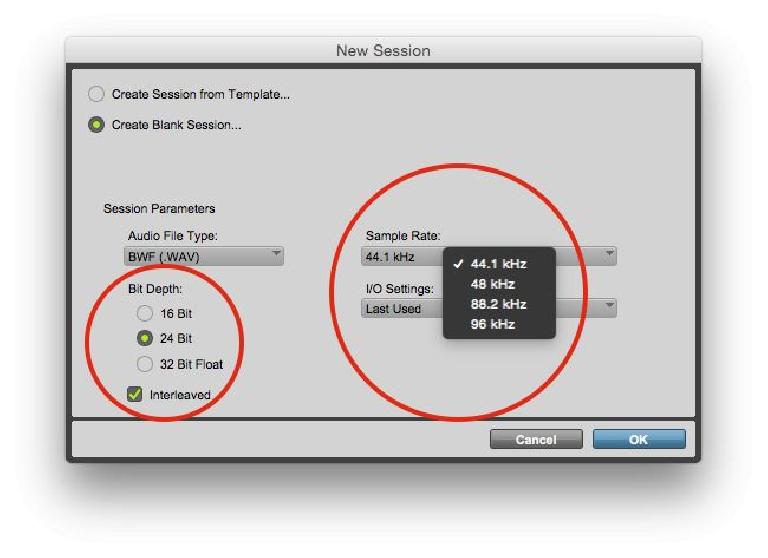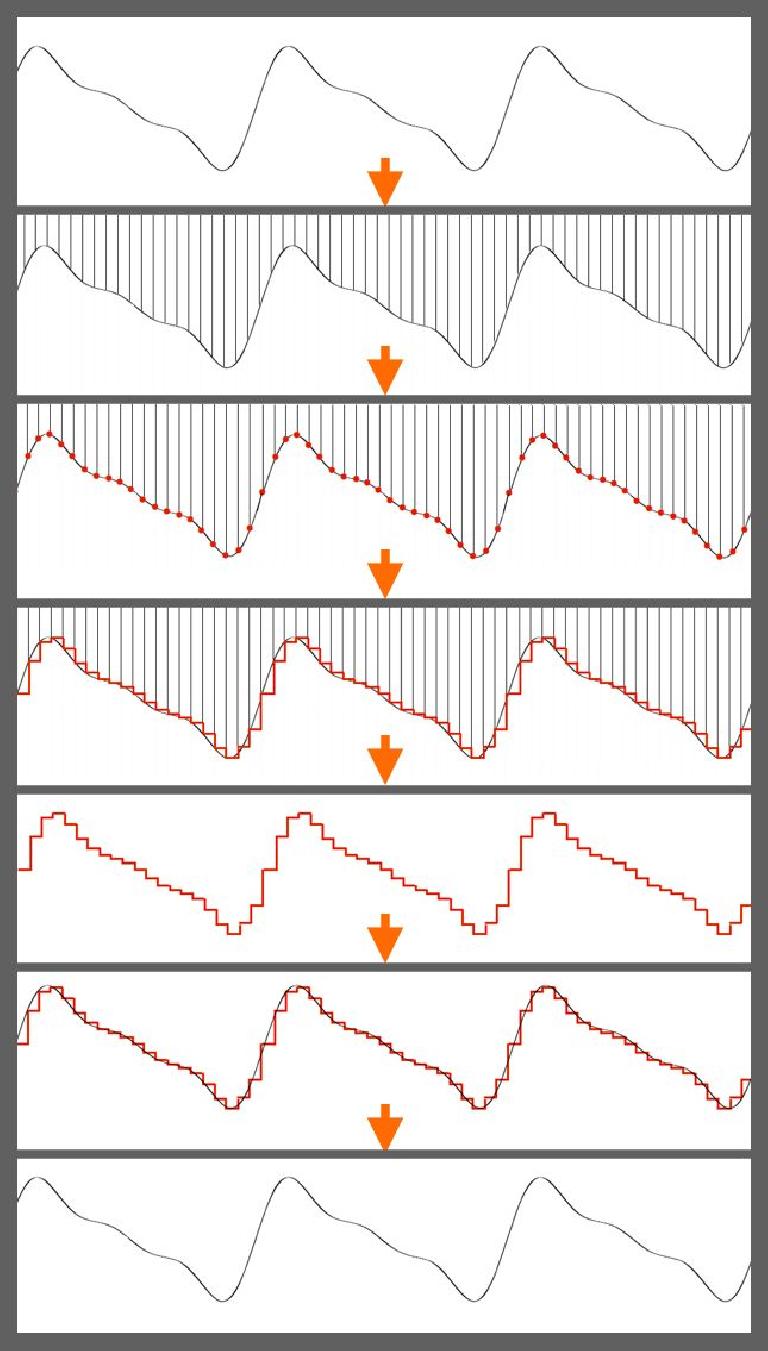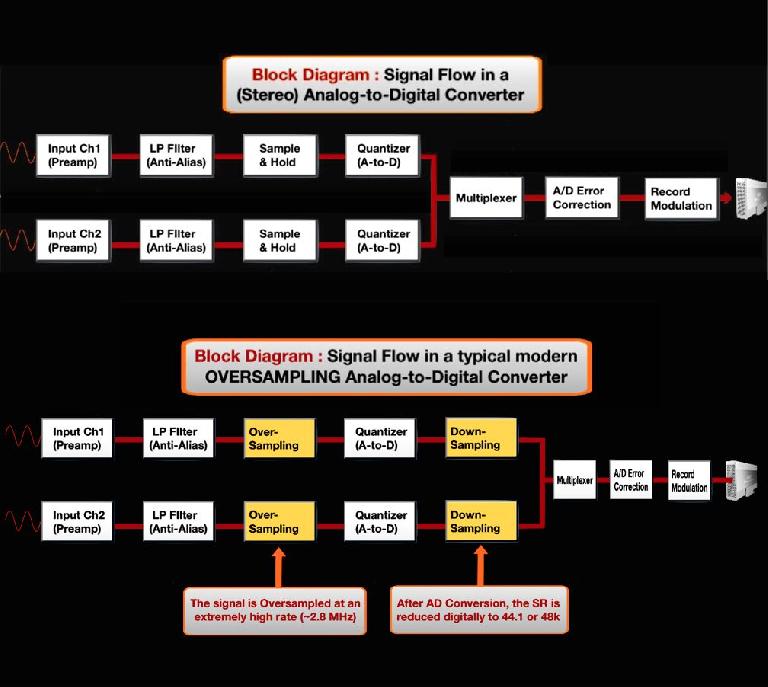Uno dei dibattiti più controversi nei centri del settore audio intorno risoluzione audio digitale. È di qualità CD ancora abbastanza buono, o dovrebbero essere tutti suono digitale aderire alle opzioni più alte risoluzione che sono ora disponibili? Ok, spoiler alert
The (Very Simplified) Basics
I due parametri di qualità audio digitale sono frequenza di campionamento e Bit Risoluzione. Frequenza minima del campione
Per anni, questi due punti di riferimento sono stati standardizzati. CD
Please Sir, May I Have Some More..
Ma se lo standard originale (s) si è riunito (almeno percettivamente) i requisiti teorici, perché la richiesta di risoluzioni più alte? E 'davvero necessario per utilizzare le più alte risoluzioni Bit disponibili attualmente
A Bit of This, a Bit of That
Prima di tutto, la parte più facile
Tuttavia, la differenza non è così grande come ci si potrebbe aspettare
Eppure, tutti (almeno tutti i pro) record di 24 bit! Come mai? Beh, credo che la risposta è: perché no? Risoluzione a 24-bit doesn
Ma per quanto riguarda tutti i buzz per quanto riguarda
Sample This
Quando si tratta di i disponibili superiore campionamento Prezzi (88.2K, 96k, 176.4k, 192k), ci
Teoria audio digitale è in realtà molto elegante
Ma per raggiungere questo senza un artefatto sonoro
Convertitori digitali moderni hanno, ormai da anni, in realtà un campionato a tassi molto più elevati, da tempo eliminando la necessità di questi filtri brickwall fastidiosi. Ma la frequenza di campionamento del file audio digitale risultante può essere ancora 44.1k o 48k, perché le frequenze audio più alte campionati
Ma quando si effettua una registrazione 96k, è
The Ultrasonic Conundrum
Beh, questo è uno di quei settori in cui persone buone
Golden Ears..?
Misure di controllo can
Wrap-Up
In ultima analisi, la gente continuerà ad utilizzare qualunque risoluzioni che sentono sono appropriati. Anche se praticamente tutti i progetti di livello professionale sono a 24-bit, il campione Tariffe scelti vanno dalla più tradizionale e 44.1k 48k a 96k, e talvolta anche 192k (anche se alcuni ingegneri di tutto rispetto ritengono che 192k è più hype di ogni altra cosa).
A volte la scelta è fatta per voi






 © 2024 Ask.Audio
A NonLinear Educating Company
© 2024 Ask.Audio
A NonLinear Educating Company
Discussion
I have actually only done the first part with most of my (soft) synths and have been surprised how well it sounds with synth sources at at 88..2 in a 44.1 project.
You're right, software instruments are one application where oversampling can potentially make a more noticeable difference—especially with creative applications that involve more extreme sample manipulation, which can sometimes clearly benefit from higher sampling rates. I didn't get into that for two reasons—the article was intended to be focused on playback/distribution more than processing, and it was already long and technical enough (especially before I edited it down!).. ;-)
As I've always understand it, most plug-ins that oversample (for maximum clarity with certain kinds of intensive processing, like some modeling emulations) will be fine doing that internally (if you enable it), regardless of the session settings..
I also didn't get into the whole issue of people listening to all those pristine hi-res audio productions as MP3s/MP4s, but I guess that's an issue for another day.. ;-)
Cheers,
Joe
Want to join the discussion?
Create an account or login to get started!